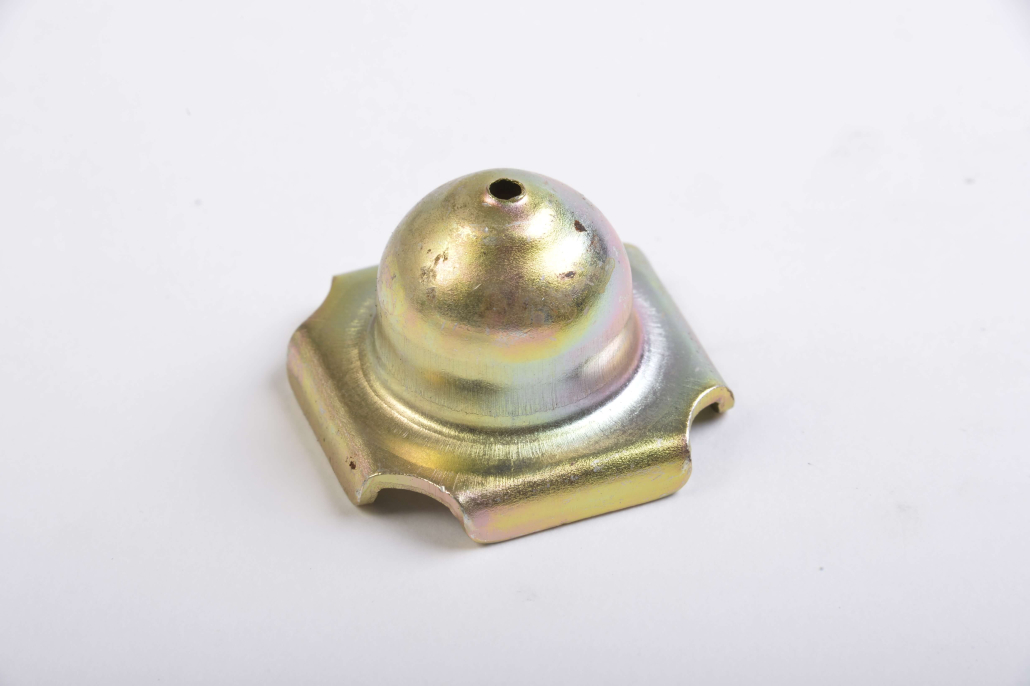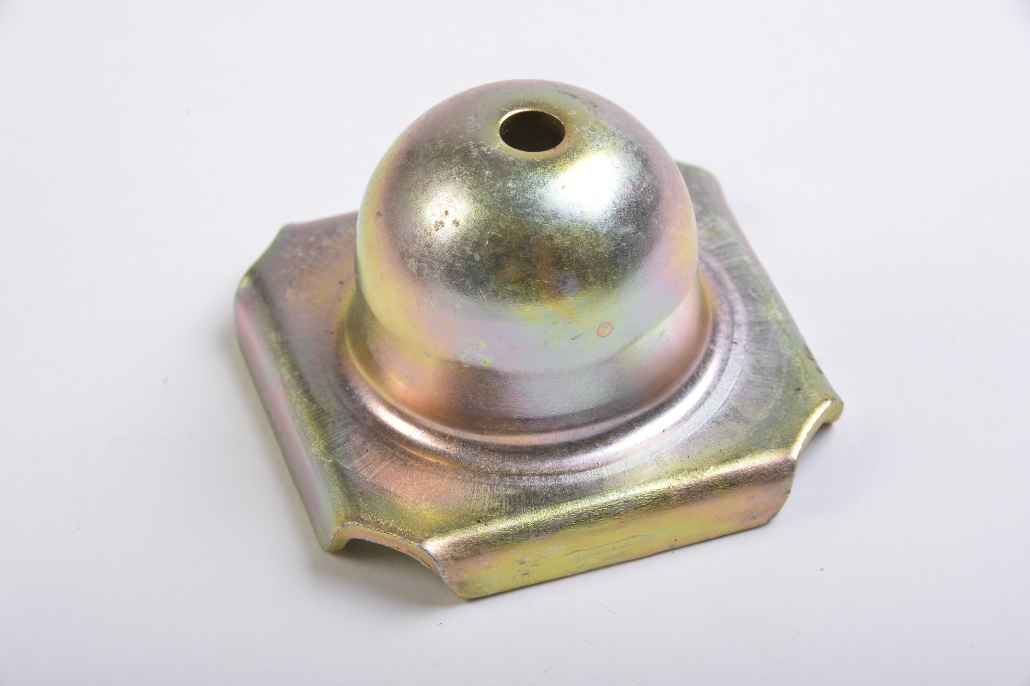Warehouse Maintenance Guide: Inspecting and Replacing Worn Nesting Plugs
In an industrial warehouse, the efficiency and safety of your storage system depend on consistent maintenance. One component that often gets overlooked is the nesting plug a small but vital fitting that secures stacked pallets and stillages. Over time, even the most durable steel nesting plugs can experience wear, distortion, or corrosion due to heavy usage, impacting stability and increasing the risk of accidents or product damage.
This guide walks you through a detailed maintenance plan for inspecting and replacing worn nesting plugs, ensuring your warehouse runs safely and efficiently with minimal downtime.
Why Regular Inspection Matters
In busy environments where pallets and stillages are constantly moved, loaded, and stacked, every impact or load shift can slightly stress the nesting plug. These small changes accumulate over months of use, gradually leading to deformation or misalignment.
If unchecked, worn plugs can cause:
- Uneven stacking or poor load distribution
- Difficulty in aligning pallets or stillages
- Increased pressure on the frame corners
- Safety risks during lifting and transport
Routine inspection ensures these issues are identified before they cause costly accidents or equipment failures.
If your warehouse relies on standard stacking systems, replacing worn parts with a reliable option like the KPF55 Steel Nesting Plug ensures continued safety and alignment. It’s an excellent replacement for general warehouse operations, offering a precise fit and long service life.
Besides nesting plug inspection, also check out 7 other warehouse inspections you need to carry out.
Signs That Nesting Plugs Need Replacement
Warehouse teams should be trained to identify early warning signs during daily or weekly checks. Common indicators include:
- Deformation or Flattening:
Over time, the recessed area or cut-out section of the plug can flatten or distort under load, making it harder for pallet feet to sit correctly. - Corrosion or Rust Patches:
Exposure to moisture, cleaning agents, or outdoor storage can lead to corrosion. Even surface rust can weaken the plug’s integrity over time. - Cracks or Splits:
Repeated loading and unloading cycles can create hairline fractures in the steel. These are easy to miss visually but dangerous if left unattended. - Loose Fittings or Misalignment:
A plug that doesn’t sit firmly in its slot or doesn’t align properly with pallet feet may have worn edges or internal cracks. - Unusual Sounds or Movement:
If you notice rattling, creaking, or movement when stacking, it’s often a sign that the plug is no longer providing a snug fit.
Regular checks help detect these symptoms early, allowing for timely replacement before they escalate into operational disruptions.
To understand how worn or damaged plugs affect safety and stacking performance, you can also read our detailed post How Nesting Plugs Reduce Damage During Storage and Transport.

Step-by-Step: How to Inspect Nesting Plugs
Inspection doesn’t have to be complex, but it should be systematic and documented. Here’s a reliable process warehouses can follow:
- Create a Routine Schedule:
Establish inspection intervals based on usage frequency. For high-turnover facilities, check plugs monthly; for moderate use, every quarter may suffice. - Visual Check:
Examine each nesting plug for signs of wear, cracks, corrosion, or deformation. Use a torch or inspection mirror for hard-to-see areas. - Fit Test:
Insert a matching pallet foot to check if it seats snugly without excess play or wobble. If there’s movement, it’s time to replace the plug. - Load Test (Optional):
For critical systems, apply a controlled load to test how the plug responds under stress. Look for any distortion after unloading. - Record Findings:
Document each inspection in a maintenance log. Note the plug’s location, condition, and any replacements made. This helps identify recurring problem areas. - Clean After Inspection:
Before refitting or replacing, remove any dust, oil, or rust buildup. This prevents debris from affecting plug alignment.
During your maintenance inspections, it’s important to identify which plugs are suitable for replacement based on wear level and load requirements. For warehouses handling standard load capacities or medium-duty stillages, the KPF14 Steel Nesting Plug is an excellent mid-range option.
When and How to Replace Worn Nesting Plugs
Once wear or damage is confirmed, prompt replacement is essential. Delaying replacement risks stack instability and may damage the stillage frame itself.
When to Replace
Replace nesting plugs immediately if you observe:
- Visible cracks or corrosion through the surface layer
- Noticeable deformation affecting alignment
- Any loss of fit with pallet feet
Even if only one plug in a set shows damage, it’s wise to replace all plugs in that unit for consistent performance.
Replacement Steps
- Unstack and Secure Equipment:
Always unstack pallets or stillages before removing plugs to avoid uneven load pressure. - Remove the Damaged Plug:
Use appropriate tools to detach the plug without damaging the frame slot. - Clean the Slot:
Ensure the seating area is free of rust, grease, and debris. - Fit the New Plug:
Insert the new plug snugly into position, ensuring correct orientation. A slight tap may be needed for a secure fit. - Test with Matching Pallet Feet:
Place a pallet foot into the plug to verify alignment and load balance. - Document the Replacement:
Log the replacement date, type of plug, and reason for change in your maintenance records.
Best Practices for Long-Term Efficiency
To maximise plug lifespan and minimise maintenance costs:
- Keep stacking areas dry and clean to reduce corrosion.
- Avoid overloading pallets beyond rated capacity.
- Train staff to check for wobbling or shifting during daily operations.
- Use matching plugs and pallet feet from the same manufacturer for a consistent fit.
- Maintain an inventory of spare plugs to replace worn parts promptly.
These small steps can extend the service life of your nesting plugs and reduce downtime significantly.
Kirmell Nesting Plugs – Reliable Replacements You Can Trust
At Kirmell Ltd, our steel nesting plugs are engineered to deliver lasting performance and precision fit in demanding industrial environments. Manufactured in the UK to ISO 9002 / EN 29002 standards, each plug offers consistent sizing, strength, and stability for safe stacking in warehouses and logistics hubs.
Whether you’re replacing worn components or upgrading your storage systems, Kirmell nesting plugs provide the reliability and durability your operations need. Designed for long service life and heavy loads, they’re the perfect choice for businesses that value quality and efficiency.
Explore our full range of nesting plugs or contact us today to get expert guidance and order directly from a trusted British manufacturer.
For additional insights on keeping your warehouse system efficient and well-organised, check out How Kirmell Nesting Plugs Keep Your Warehouse Organised.
Conclusion
Nesting plug maintenance is not just about preventing wear, it’s about maintaining warehouse safety, protecting assets, and ensuring every stack remains stable and secure. Regular inspection and timely replacement help you avoid costly disruptions, maintain operational consistency, and extend the life of your stillages and pallets.
By using Kirmell’s high-quality British-made steel nesting plugs, your maintenance team can ensure long-term reliability and performance in even the toughest environments.
FAQs
Where can I buy replacement nesting plugs for my warehouse equipment?
How do I know which nesting plug fits my stillages or pallet system?
What are the most common signs of nesting plug wear?
Can a damaged nesting plug affect warehouse safety?
Should all nesting plugs be replaced if only one is damaged?




